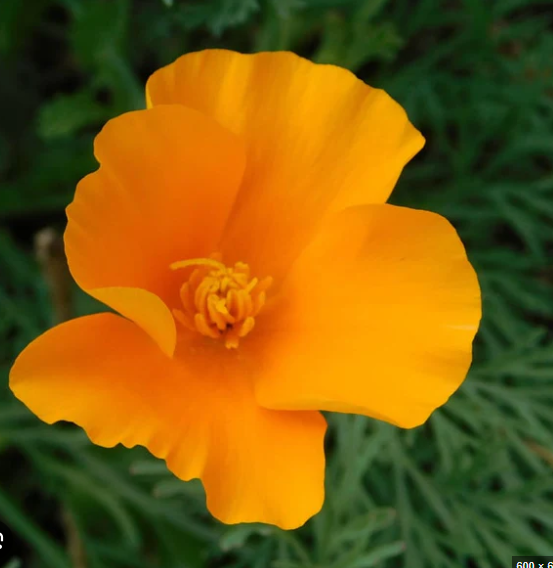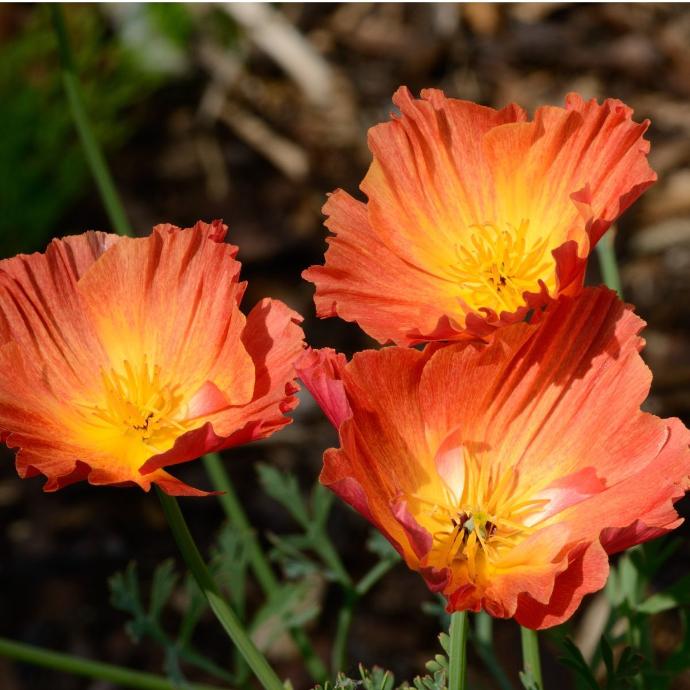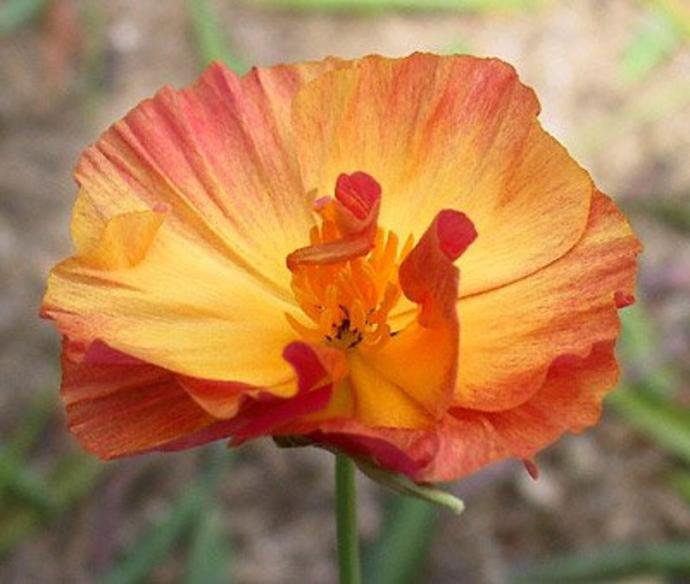California Poppy Plant
California Poppy (Eschscholzia californica) is an annual that grows 1-2 ft tall, hardy in USDA Zones 6-10, prefers well-drained, sandy soil, full sun, low moisture, is not edible, and has medicinal uses.

Habit
Spreading
Height
30-60 cm
Growth
Perennial
Soil
Well-drained, sandy or loamy
Shade
Full Sun
Moisture
Dry
Edible
No
Medicinal
No
Origin
Western North America
Climatic Condition
Temperate, Mediterranean
Temperature (°)
10 to 28°C
Humidity (%)
40-60%
Potting media
Garden soil with organic compost
Fertilizers
Low-fertilizer needs, occasional organic matter
Watering
Drought-tolerant, moderate watering
Plant Weight
50-200 grams
Flowering Time
Spring to early summer
Soil Ph level
6.0 - 7.5
Water Ph level
6.0 - 7.5
Soil EC
1-2 dS/m
Yield Per Plant
Seeds for propagation
NPK ratio
5:10:10
life Span
Annual
Health Benefits
Used in herbal medicine for anxiety, pain relief, and sleep support
Suggested Grow Media or Potting Mix ?
50% sandy soil, 30% compost, 20% perlite
Suggested Fertigation/Fertilizers
Fertilize every 4 weeks with a balanced, water-soluble fertilizer.
Common Diseases and Remedies
Downy Mildew, Powdery Mildew, Botrytis Blight, Root Rot, Leaf Spot
Yellow spots on leaves, white mold on undersides White powdery growth on leaves Gray mold on flowers and leaves Wilting, yellowing leaves, root discoloration Brown or black spots on leaves
Remove infected plants, use resistant varieties Neem oil, baking soda spray Prune affected areas, increase air circulation Improve soil drainage, use beneficial soil microbes Remove infected leaves, use compost tea spray
HEALTH BENEFITS
· Used as a mild sedative and sleep aid.
· Helps reduce anxiety and stress.
· Supports pain relief and muscle relaxation.

